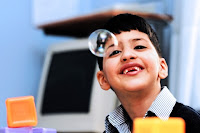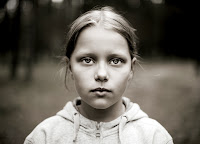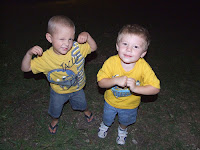Autism: Comprehensive Overview

Autism is a brain development disorder that is characterized by impaired social interaction and communication, and restricted and repetitive behavior, all starting before a youngster is three years old. This set of signs distinguishes autism from milder Autism Spectrum Disorders (ASD) such as pervasive developmental disorder not otherwise specified (PDD-NOS). Autism has a strong genetic basis, although the genetics of autism are complex and it is unclear whether Autism Spectrum Disorders is explained more by multigene interactions or by rare mutations. In rare cases, autism is strongly associated with agents that cause birth defects. Other proposed causes, such as childhood vaccines, are controversial; the vaccine hypotheses lack convincing scientific evidence. Most recent reviews estimate a prevalence of one to two cases per 1,000 individuals for autism, and about six per 1,000 for Autism Spectrum Disorders, with Autism Spectrum Disorders averaging a 4.3:1 male-to-female ratio. The


